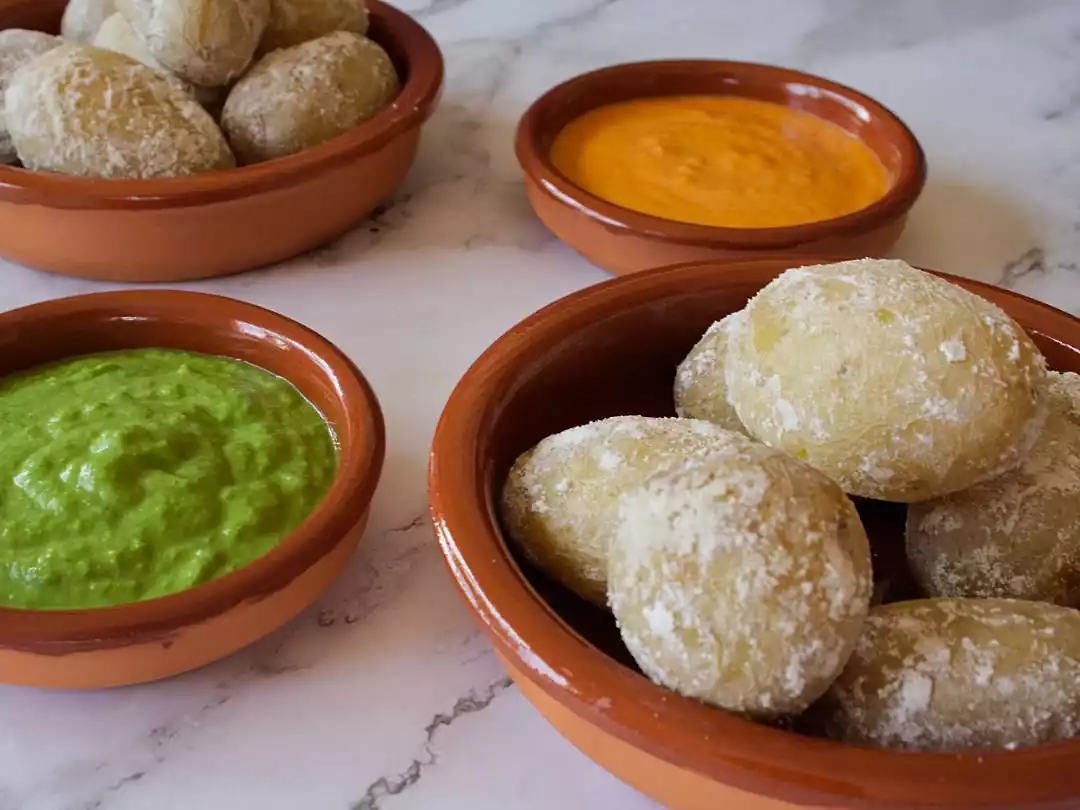Flavors of Spain: Exploring the Rich Tapestry of Spanish Cuisine
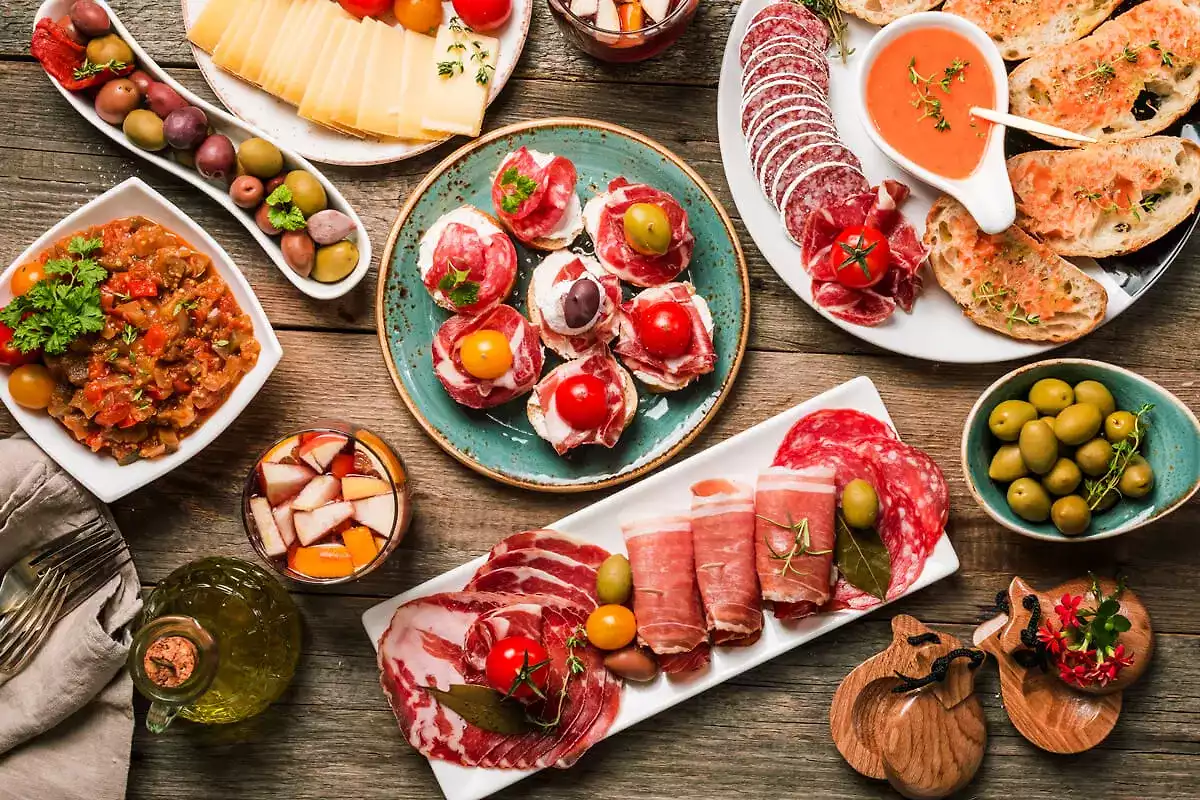
If you're a foodie like me, Spain is basically heaven on Earth. Spain is the land of some of the world's best traditional dishes. But Spanish cuisine isn't a one-size-fits-all affair. It's an odyssey through diverse regions, each with its own culinary treasures. Let me show you what´s all about!
Let´s start by the south where sun, beaches, and chilled soups are a the perfect ingredients for our first dish; Andalusia, in the south of Spain, boasts Gazpacho, a refreshing tomato-based cold soup, and its thicker cousin, Salmorejo. They're like a liquid fiesta in your mouth. So good.
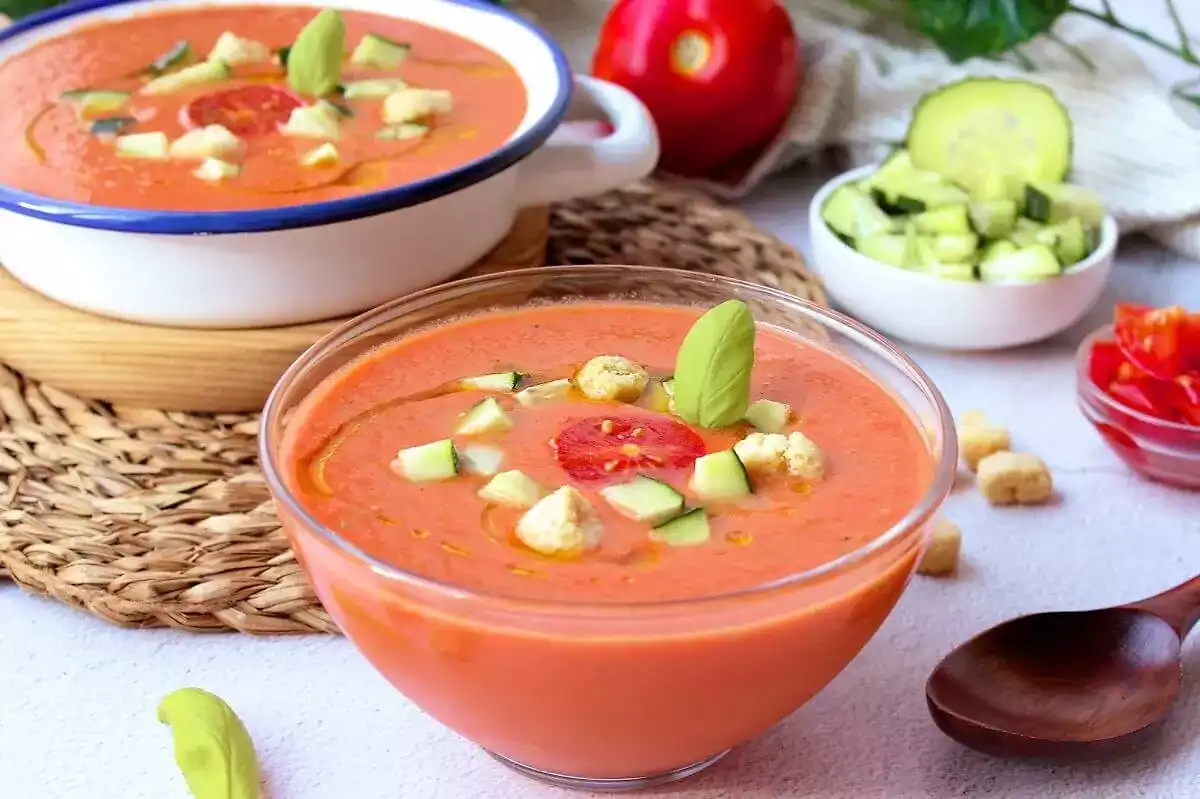
Without leaving the south, Valencia knows how to beat the heat. Cool off with horchata, this sweet vegan drink made of chufa is perfect for the hot sunny days and dont´f forget to have some bunyols, delicious sugar-coated fritters. Staying in the mediterranean shore but further north we have Catalonia who brings us the iconic paella, a canvas for whatever seafood, meat, or veggies you feel fancy. If you're a seafood lover, don't miss the fideuà, a cousin of paella made with short noodles.
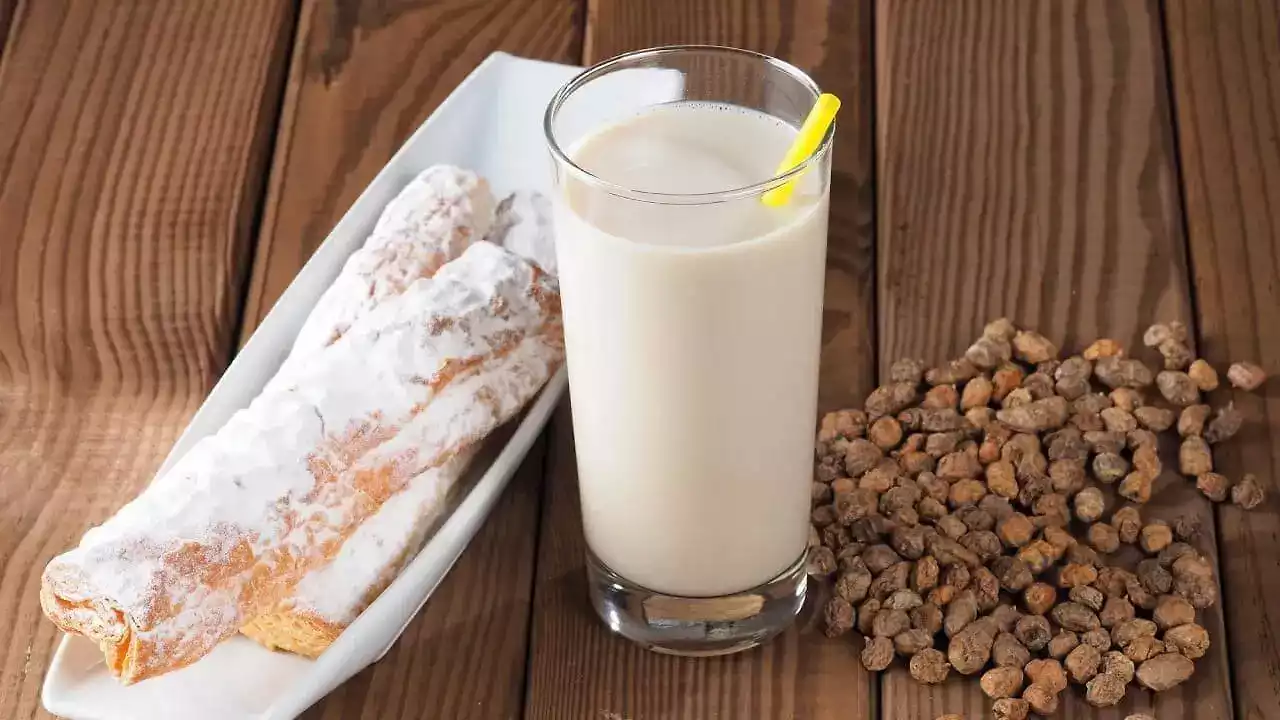
And from one coast, to another: Up in the north, the Basque Country is all about pintxos, the sophisticated cousin of tapas.
These bite-sized delights are an art form. From seafood to grilled veggies, you'll want to try them all.
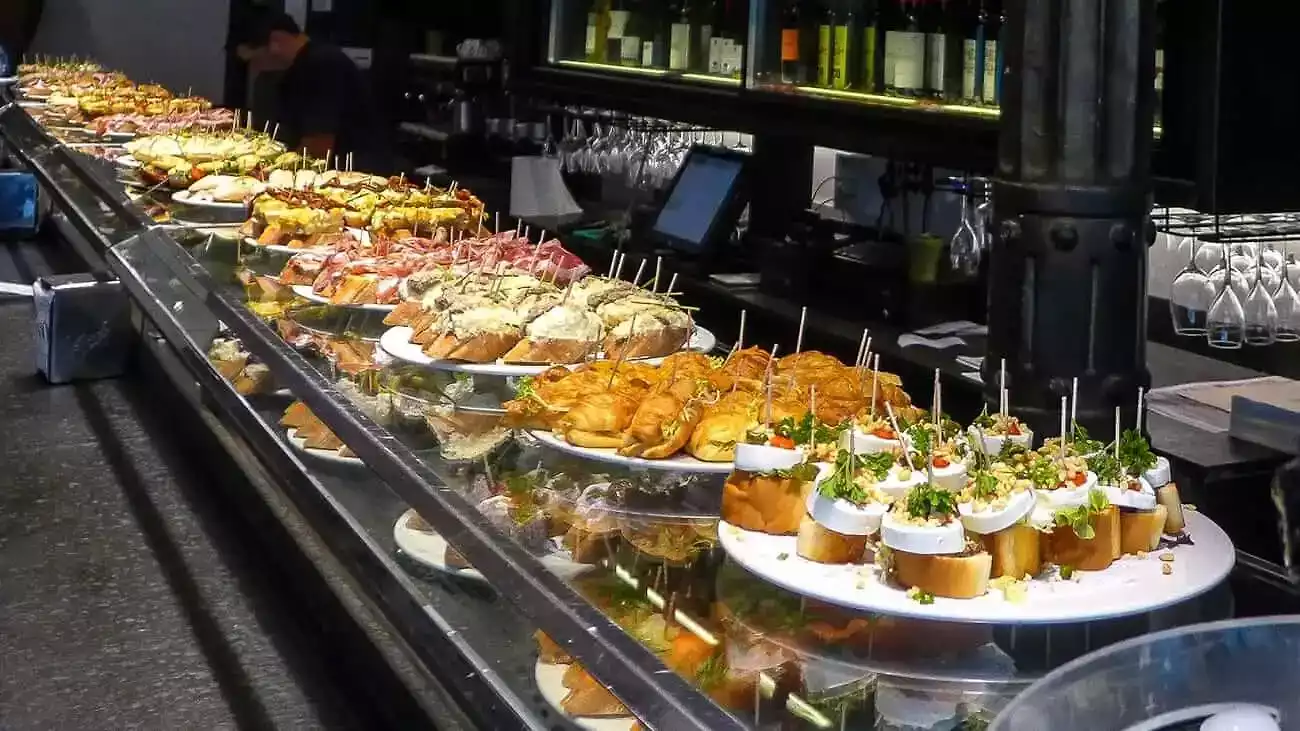
Galicia, in the northwest, is all about octopus. Try "Pulpo a la Galega" , boiled octopus with paprika, olive oil, and sea salt. It's a seafood lover's dream come true. Period.
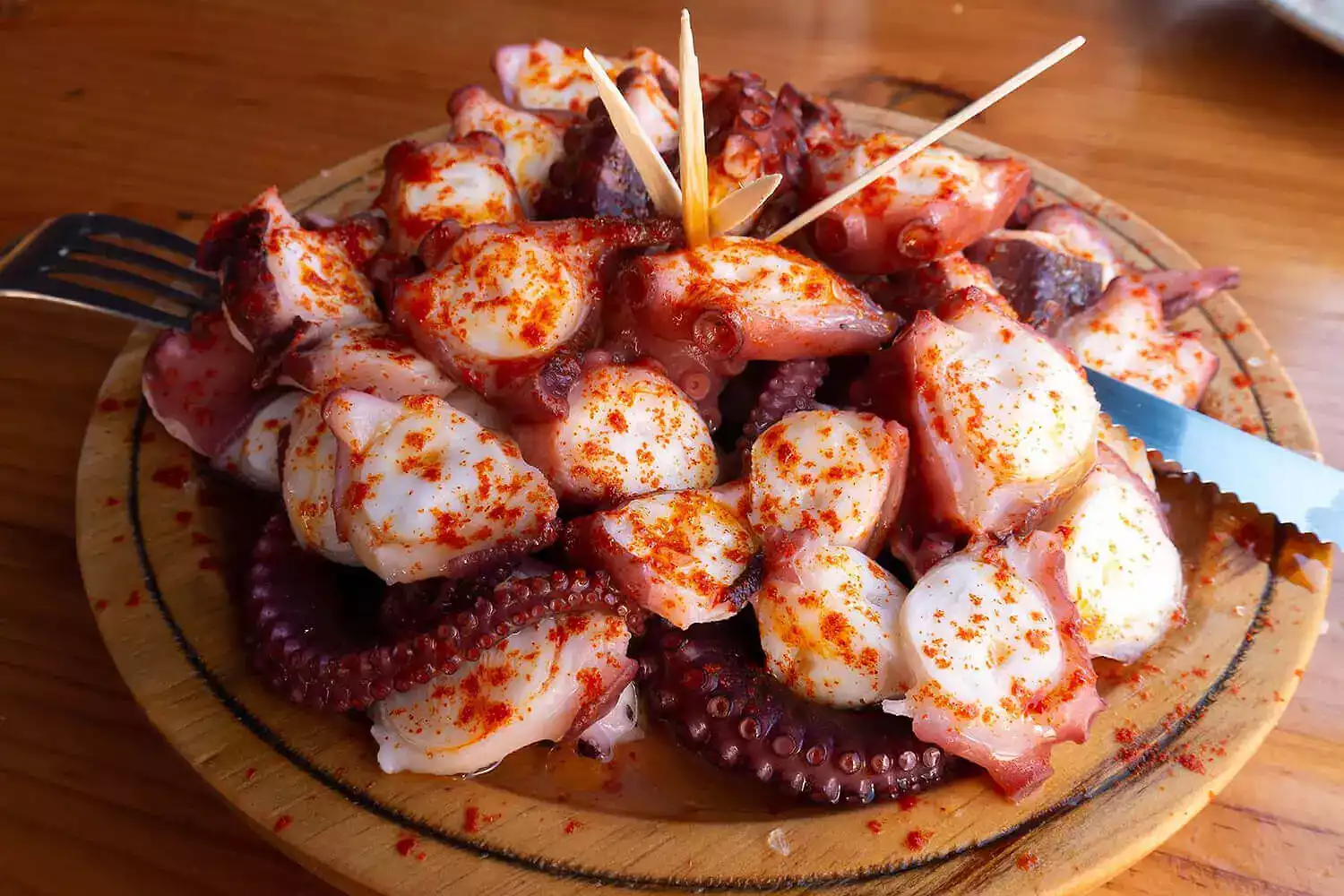
If you are not a big seafood person, hold on because this one is for you
This is the crown jewel of Spanish cheeses! If you're a cheese lover, you're in for a treat. This beloved cheese is named after the La Mancha region in Spain and has been delighting tastes for centuries, this region, also happens to be home to the legendary Don Quijote. So, when you're enjoying Manchego, you're basically savoring a piece of literary history.
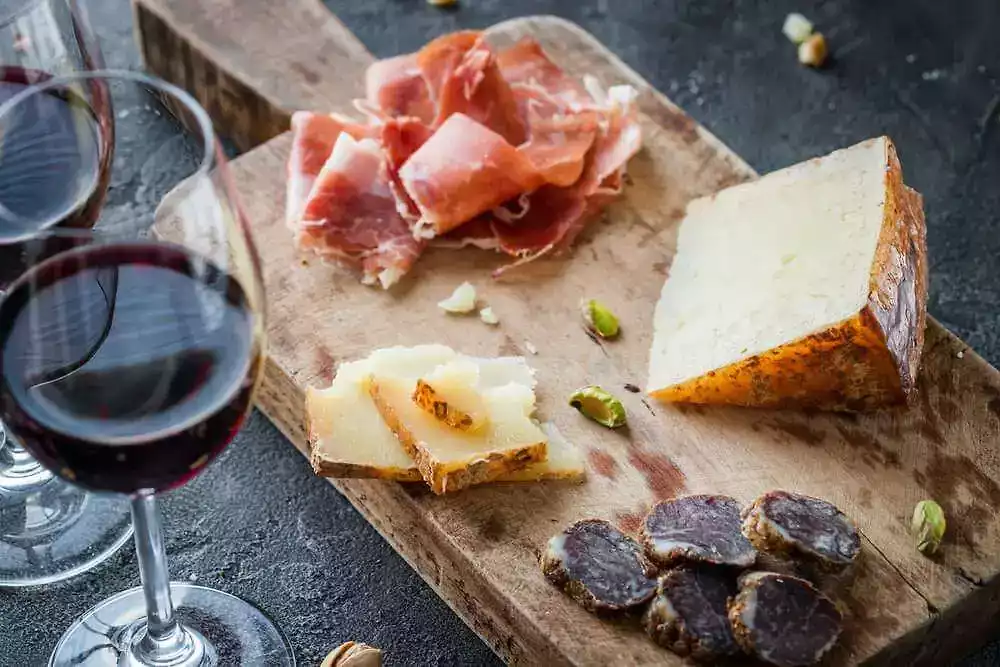
Manchego cheese is produced from the milk of Manchega sheep, the region's indigenous breed. These sheep graze on the plains of La Mancha, and their milk is the key to the cheese's unique flavor.
In the heart of Spain and surrounded by centuries of roman history, Segovia is famous for its Cochinillo, and the city takes its roast pig seriously. The tradition of roasting Cochinillo goes back centuries and has become an iconic culinary symbol of the region.
Last but not least, Canary Islands: Papas Arrugadas and Mojo
This Spanish archipelago in the Atlantic Ocean, is not only known for their stunning landscapes and year-round pleasant weather but also for their unique and flavorful cuisine. One of the standout dishes you absolutely must try when visiting the Canary Islands is "Papas Arrugadas" with "Mojo" sauce.
"Papas Arrugadas" literally translates to "wrinkled potatoes." They are small, salt-crusted, and wrinkled-skinned potatoes, a tradition in Canarian cuisine. They're usually served as a side dish, however they are so good that often makes them the star of the show.
Mojo sauce is the perfect companion to Papas Arrugadas. There are two main types of Mojo sauce:
Red Mojo: Made with red peppers, paprika, garlic, vinegar, and olive oil it's slightly spicy and has a punch of flavor.
Green Mojo is made with cilantro, garlic, cumin, and a dash of vinegar and olive oil. It's a milder, herbaceous sauce that complements the potatoes beautifully.
